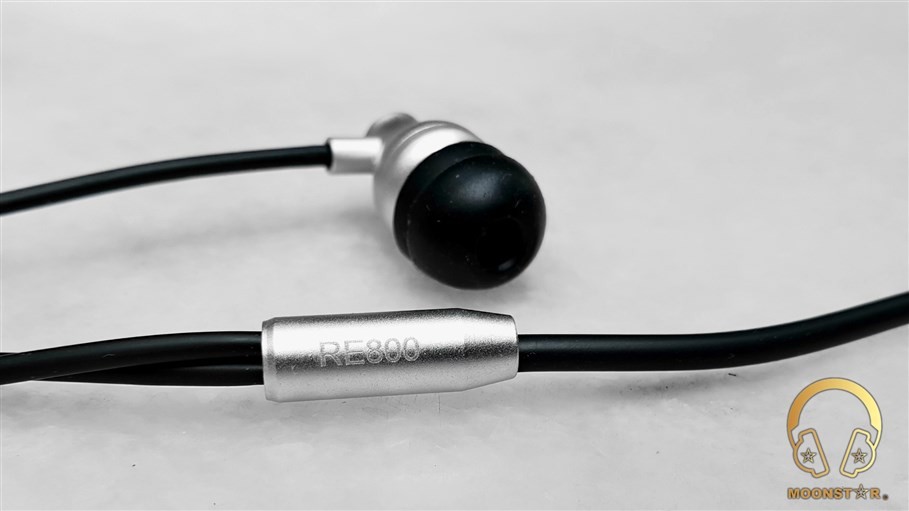Oriveti OD100 IEM Review

Oriveti OD100 IEM Review
Introduction:
Oriveti is an innovative brand that was founded in 2015 to provide HiFi quality audio products for the daily use with the motto “THE PATH TO INSPIRATION THROUTH MUSIC”.
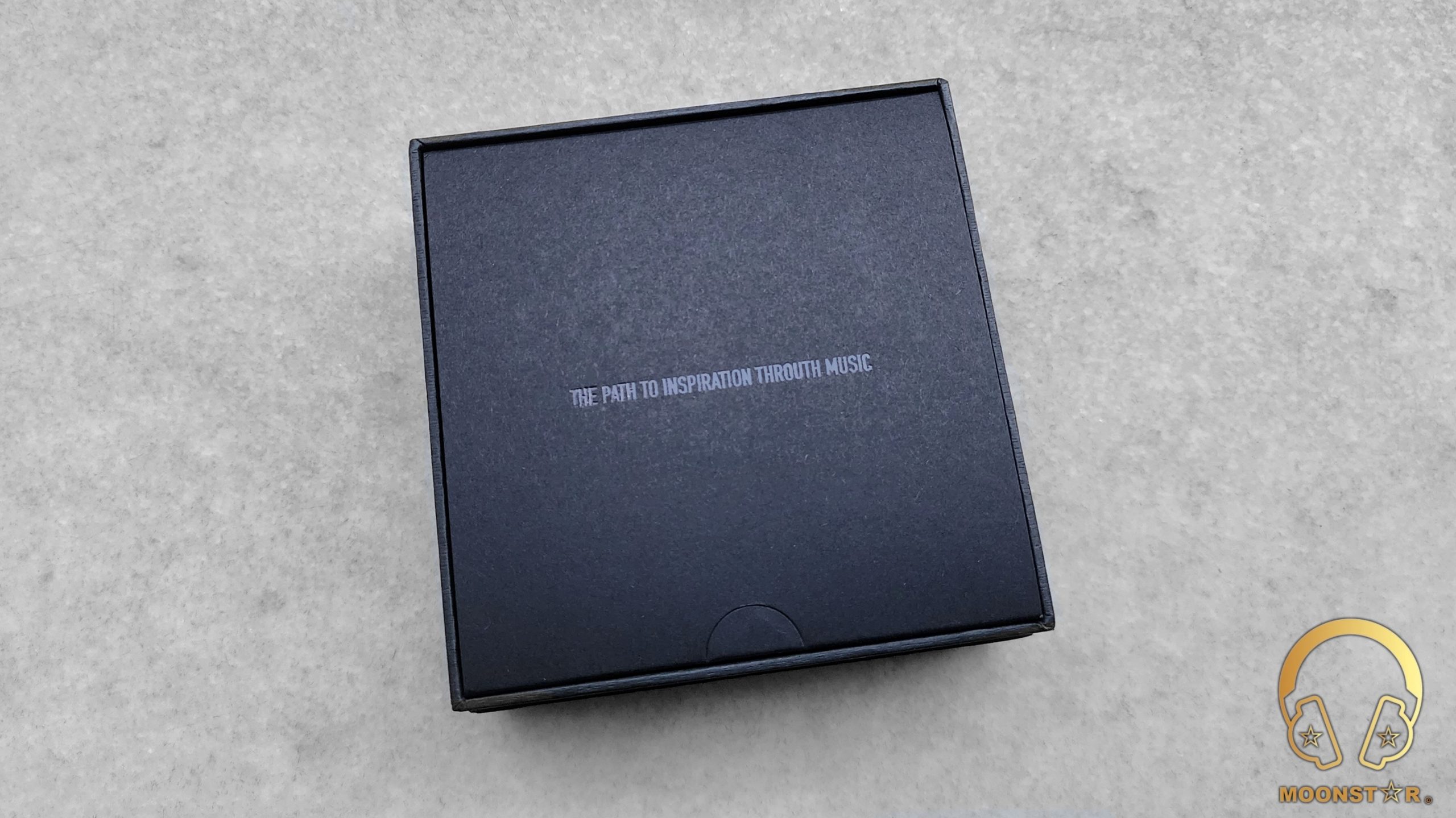
The engineering and design team is experienced within the earphone industry and has released many popular products like the Primacy, OH300, OH500 hybrid IEM’s and other models like the O400 and O800/OV800 that do feature a fully Balanced Armature Driver configuration.
The OD100 is a new entry-level model from Oriveti and is also their first Single Dynamic Driver In-Ear Monitor. The IEM features an Exclusive 9.2mm diameter DLC (Diamond-like Crystal) Diaphragm Dynamic Driver unit that has been integrated in to a Solid CNC machined metal body, with a 2-Pin connector interface on the top.

Disclaimer:
I would like to thank the Oriveti for providing me the OD100 In-Ear Monitor for review purposes. I am not affiliated with Oriveti beyond this review and these words reflect my true and unaltered opinions about the product.
Price & Availability:
The Oriveti OD100 is a budget friendly IEM that is actually available for $69.00 USD. More information’s can be found under the link below;
Package & Accessories:
The Oriveti OD100 came inside a pretty attractive looking back box with the Oriveti brand logo and “THE PATH TO INSPIRATION THROUTH MUSIC” motto on the top, which was wrapped with a cardboard sleeve in grey color that has some brandings and a circular drawing on the top.


Inside the box of the OD100 are the following contents/accessories;
- 1 pair x Oriveti OD100 In-Ear Monitor
- 1 pcs x 4 Core Detachable Cable with 2-Pin connectors
- 1 pcs x Zipper Case
- 3 pairs x White Silicone Ear Tips (S/M/L)
- 3 pairs x Black Silicone Ear Tips (S/M/L – one pair is pre-installed)
- 3 pairs x Foam Ear Tips (S/M/L)




Design & Build Quality:
The Oriveti OD100 is a quite robust looking Universal IEM with its CNC machined solid metal body and polished surface finish that reflects a simple yet pretty aesthetic industrial design. The monitors shell is smaller than average, making it easy to fit in your ears and carry around.

The round-shaped monitor’s faceplate is adorned with intricate, interlocking circular indentations that are machined using CNC. These indentations add a touch of elegance to the monitor’s simple yet visually appealing industrial design.

Near the top corners of each faceplate is the Oriveti and OD100 branding.

Each monitor has a slightly outward-facing sound nozzle on its inner surface that sports a fine woven filter to prevent the insertion of dust and ear wax. There is another layer of dampener behind the filter, which is probably intended to serve as a sound tuning filter for the OD100.

Close to the sound nozzle and at the sides of the monitors are small pressure relive openings.
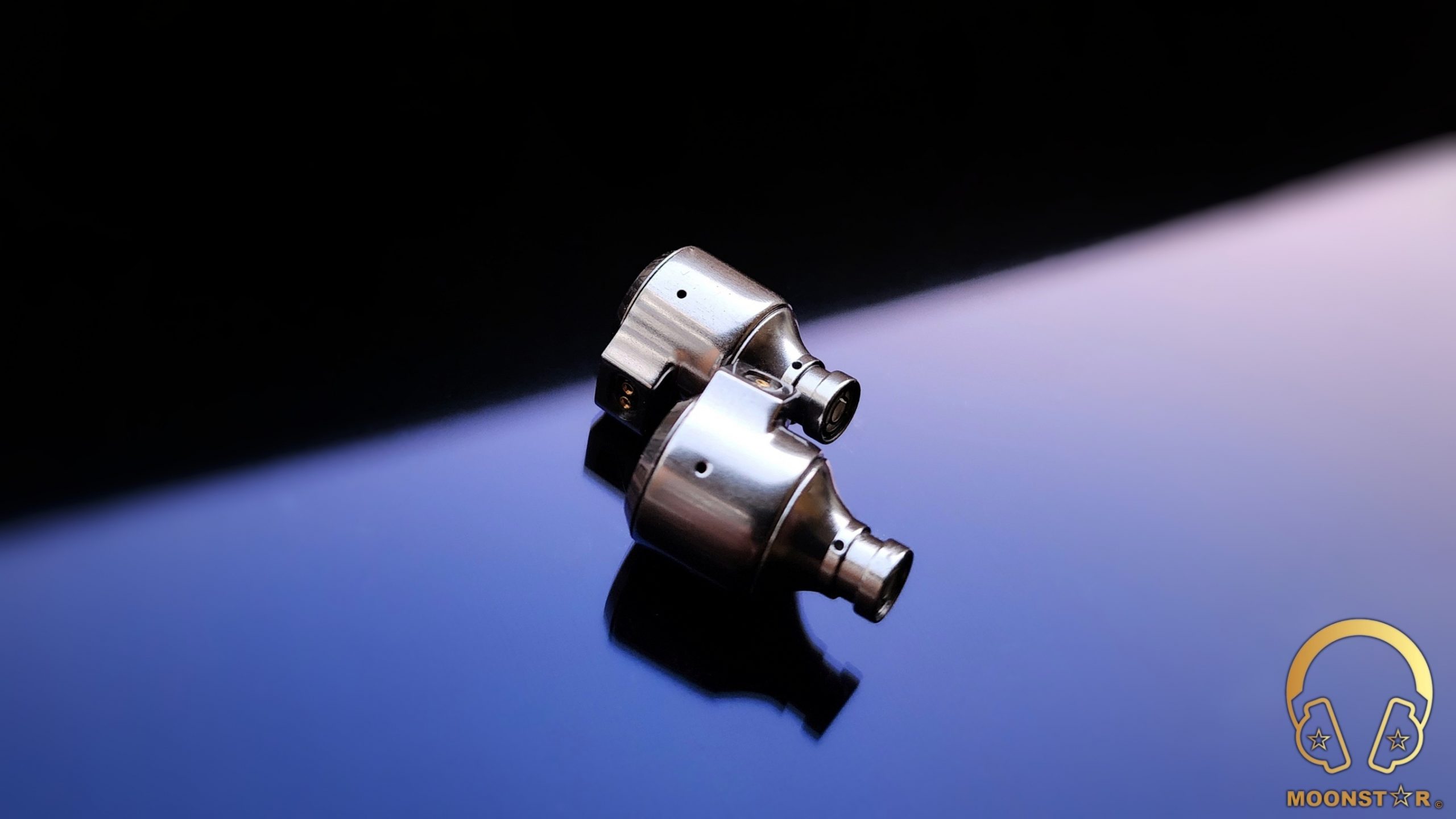
On the top of the monitors is a 2-Pin female connector interface located on a slightly protruding area, which offers a pretty tight and secure connection. Close to the 2-Pin connectors is a second opening that is probably dedicated for the 9.2mm diameter DLC (Diamond like Crystal) Diaphragm Dynamic Driver. Right behind the 2-Pin connector are the R (Right) / L (Left) markings.
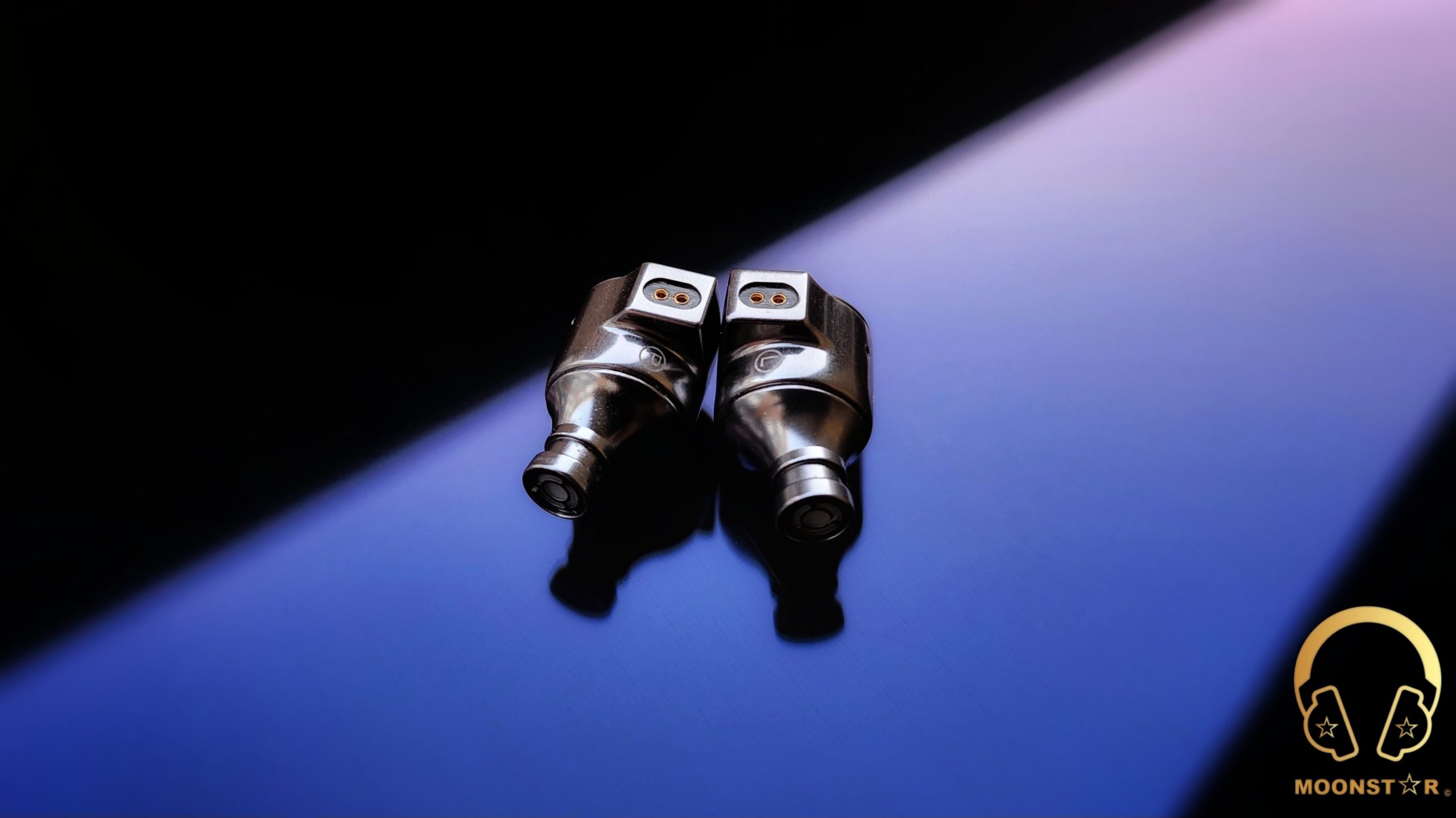
The Oriveti OD100 comes with the 4 core silver plated multi-strand wire cable that has a relative soft transparent TPU outer insulation with low microphonic effect.
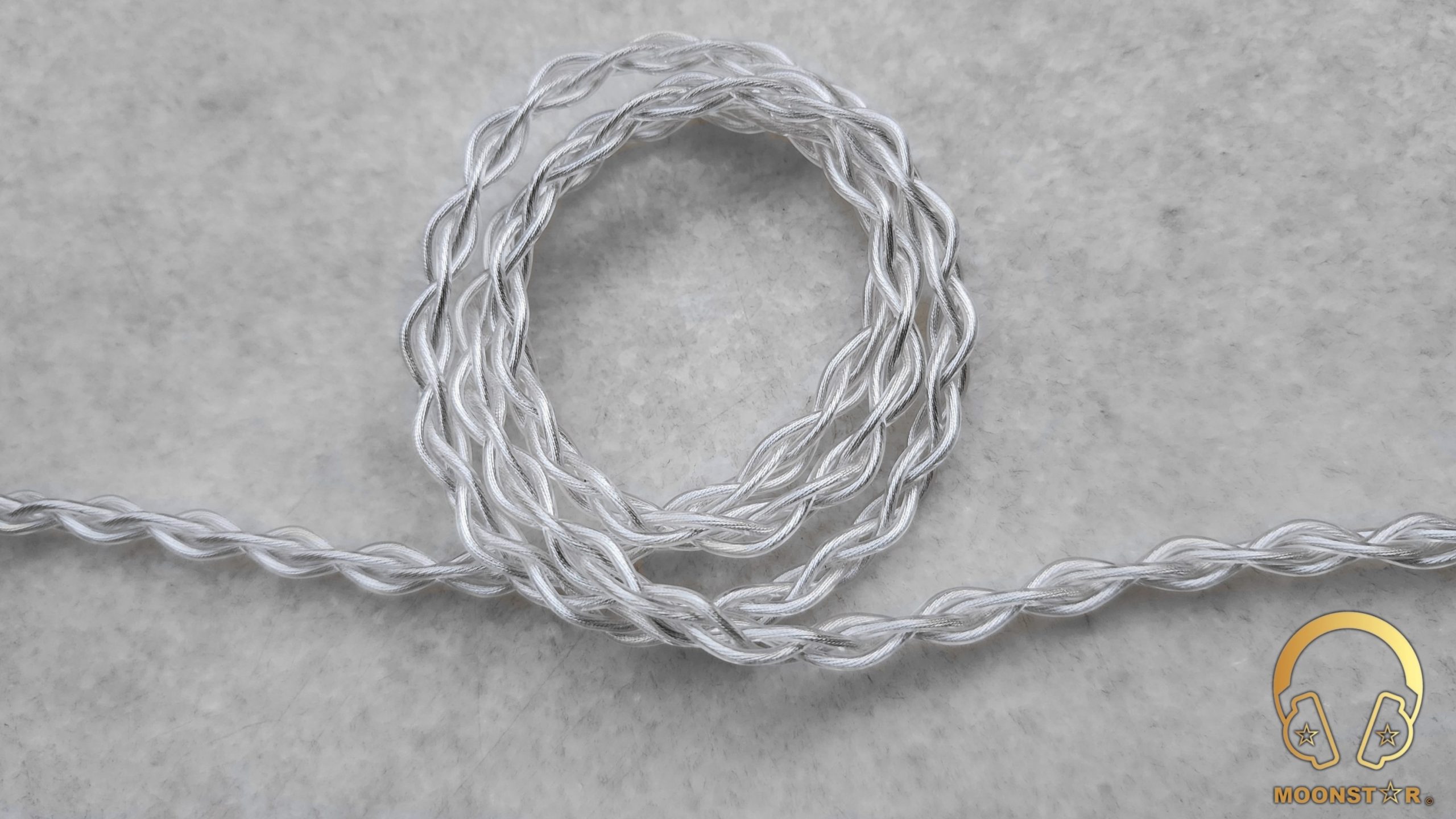
The cable has a braided design and sports transparent heat-shrink ear guides near de 2-Pin connectors for a more comfortable over ear wearing experience. The 2-Pin male connectors do have a metal housing with left and right indicators on their surface.

The y-splitter and chin slider are made of metal material.

The 3.5mm Single Ended plug is gold plated and has a straight profiled metal housing that has the Oriveti branding on the top. The strain relief that is fixed to the headphone plug housing gives the cable extra durability.

Comfort & Isolation:
The Oriveti OD100 is an In-Ear Monitor with a quite small form factor that that offers a comfortable wearing experience with my medium sized ear concha’s. The passive noise isolation of is above average, when I do use it with stock silicone ear tips included inside the package.

Technical Specifications:
- Driver Configuration : Single Dynamic Driver
- Driver Type : 9.2mm diameter DLC Diaphragm Dynamic Driver
- Impedance : 16Ω
- Frequency Response : 10 Hz ~ 20 KHz
- Sensitivity : 105dB ±3dB/mW, 1000Hz
- Distortion : 0.08%
- Cable : 4 Core Silver Plated Copper with 2-Pin Connectors
- Plug : 3.5mm Gold Plated Stereo Plug
- Cable Length : about 120cm
Paring & Drivability:
The Oriveti OD100 is easy to drive, with an impedance of 16 ohms and a sensitivity of 105dB. It can be powered by any source, such as a smartphone, a tablet, or a portable music player. It does not require any special amplification or equalization to sound better, although it can benefit from some fine-tuning according to personal preference.

Equipment’s used for this review:
- IEM’s : Oriveti OD100, Ikko OH2
- DAP&DAC’s : FiiO M11 Plus ESS, Moondrop MoonRiver 2 TI
Albums & tracks used for this review:
- Adele – My Little Love (Tidal)
- Randy Crawford – On Day I Will Fly Away (Flac 16bit/44.1kHz)
- Hayley Westenra – Odyssey Album (Dezzer HiFi)
- Dionne Warwick – Walk On By (Flac 16bit/44.1kHz)
- Sarah McLachlan – Angel (Flac 24bit/48kHz)
- Sertap Erener – Aşk (Flac 16bit/44.1kHz)
- Edith Piaf – Non Je Ne Regrette Rien (Flac 16bit/44.1kHz)
- Diana Krall – So Wonderful (DSF)
- Aretha Franklin – I Say A Little Payer (Flac 24bit/96kHz)
- Sonya Yoncheva – (Giuseppe Verdi) II Trovatore, ActI (Flac 24bit/96kHz)
- George Michael – Don’t Let the Sun Go Down on Me (Flac 24bit/192kHz)
- David Bowie – Heroes (Flac 24bit/192kHz)
- Elton John – Rocket Man ((Flac 24bit/96kHz)
- Barry White – Just The Way You Are (Flac 24bit/48kHz)
- Isaac Hayes – Walk On By (Flac 16bit/44.1kHz)
- Sting – Englishman in New York – (Flac 24bit/48kHz)
- Eric Clapton – Wonderful Tonight (Flac 24bit/96kHz)
- B. King – Riding With The King (Tidal Hi-Fi)
- Dave Gahan – Kingdom (Tidal Hi-Fi)
- U2 – Sunday Bloody Sunday (Flac 16bit/44.1kHz)
- Muse – Hysteria (Flac 24bit/96kHz)
- Rush – YYZ (Flac 16bit/44.1kHz)
- Red Hot Chili Peppers – Nobody Weird Like Me (Flac 24bit/48kHz)
- Bro Safari, UFO! – Drama (Deezer HiFi)
- Armin Van Buuren – Vini Vici (Flac 16bit/44.1kHz)
- Daft Punk – Doin’ it Right (Flac 24bit/96kHz)
- Jo Blankenburg – Meraki (Spotify)
- Lorde – Royals (Flac 24bit/48kHz)
- Massive Attack – Angel (Flac 24bit/48kHz)
- Toutant – Rebirth (Deezer HiFi)
- Gogo Penguin – Raven (Flac 24bit/192kHz)
- Gogo Penguin – Murmuration (Flac 24bit/192kHz)
- Portishead – It Could Be Sweet (Spotify)
- Max Richter – On the Nature of Daylight (Flac 24bit/96kHz)
- Charly Antolini – Duwadjuwandadu (Flac 24bit/192kHz)
- Ferit Odman – Look, Stop & Listen (Flac 24bit/192kHz)
- Chopin – Nocturn No. 20 In C-Sharp Minor (Flac 16bit/44.1kHz)
- Fazıl Say – Nazım Oratoryosu (Live) (Flac 16bit/44.1kHz)
- Vivaldi – Le QuarttroStagioni “The Four Season” (Deezer HiFi)
- Otto Liebert& Luna Negra – The River (Flac 24bit/192kHz)
- Lunatic Soul – The Passage (Flac 16bit/44.1kHz)
- Deftones – My Own Summer (Shove it) (Flac 16bit/44.1kHz)
- Metallica – Sad but True (Flac 24bit/96kHz)
- Opeth – Windowpane (Flac 16bit/44.1kHz)
- Megadeth – Sweating Bullets (Tidal Hi-Fi)
- Rush’s – Leave That Thing Alone (Flac 16bit/44.1kHz)
- Slayer – Angel of Death (Spotify)
- Liquid Tension Experiment 2 – Acid Rain (Spotify)
- Yosi Horikawa – Bubbles (Spotify)

The Sound:
The Oriveti OD100 shows a fairly balanced and smooth overall sound profile with slightly emphasis on both ends of the sound spectrum. The bass is in general punchy and tight, but not too boomy or bloated, the midrange on the other side shows an efficient amount of clarity and adequate level information, while the treble area is able to produce a good sense of presence and brightness.
The Oriveti OD100 review has written after a burn-in process of approx. 50 hours. I have used the stock Silicon Ear Tips and 4 Core Silver Plated Copper cable that are included inside the package.
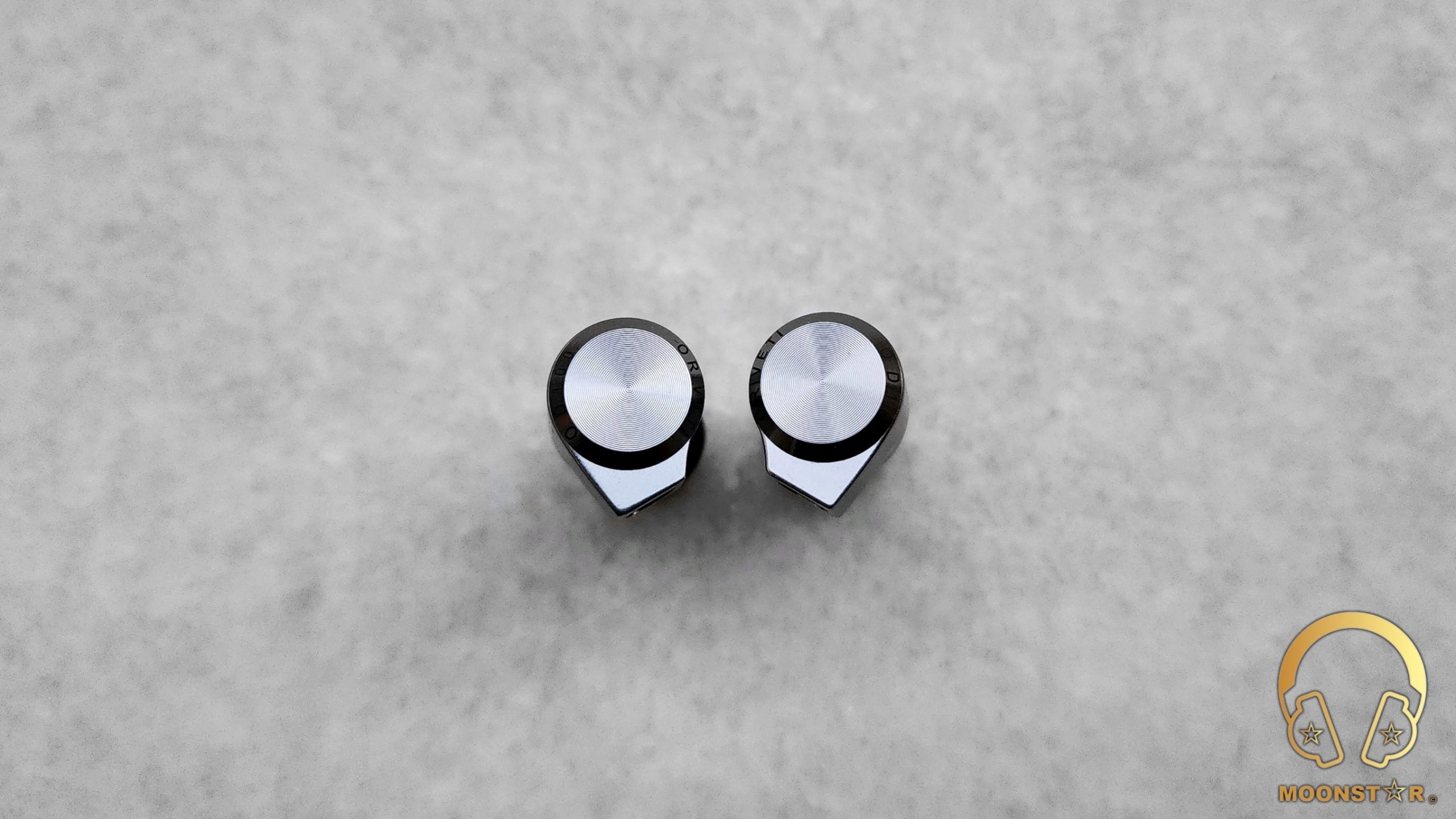
Bass / Midrange / Treble / Soundstage & Imaging:
The Oriveti OD100 has a fairly balanced and linear bass response that sounds punchy and tight, with slight warmth in its tonality. It produces a moderate amount of subbass depth and rumble, which has a soft and warm character. The subbass does not dominate the overall sound, but offers a good performance in terms of transparency, authority and decay.
The Oriveti OD100 has a more presence in the midbass region compared subbass area. The midbass region has a strong and clear slam effect that adds impact and energy to the sound. It is well-controlled and does not bleed into the midrange, which is a remarkable plus point for an IEM at this price tag. The OD100 can reproduce instruments such as drums, trumpets or bass guitars with a fairly realistic sense of depth and intensity. Moreover, it is able to capture the dynamics and texture of these instruments pretty good for an entry-level IEM.

The Oriveti OD100 has a slightly warm midrange tonality that sounds clear and airy with vocals and instruments. It can render some fine nuances and emotions of vocals and the details and textures of instruments, which is a remarkable highlight of the OD100 in this area. The lower midrange has a moderate amount of depth and body and is slightly less pronounced compared to the upper midrange area. Male voices do sound emotional, while instruments like acoustic guitars do have slightly less body and intensity than normal.
The Oriveti OD100 has a relative highlighted and fairly well-defined upper midrange tuning that gives a clear and smooth sound presentation. The upper midrange transitions are gentle and smooth, without any harshness or edginess, when I do listen to female vocals and instruments such as violins, side flutes or pianos. This area is produced with an adequate grade of emphasis and the sense of extension is on a moderate level. The upper midrange extension is slightly limited when I do listen to strings or percussion, but still adequate for most music genres.
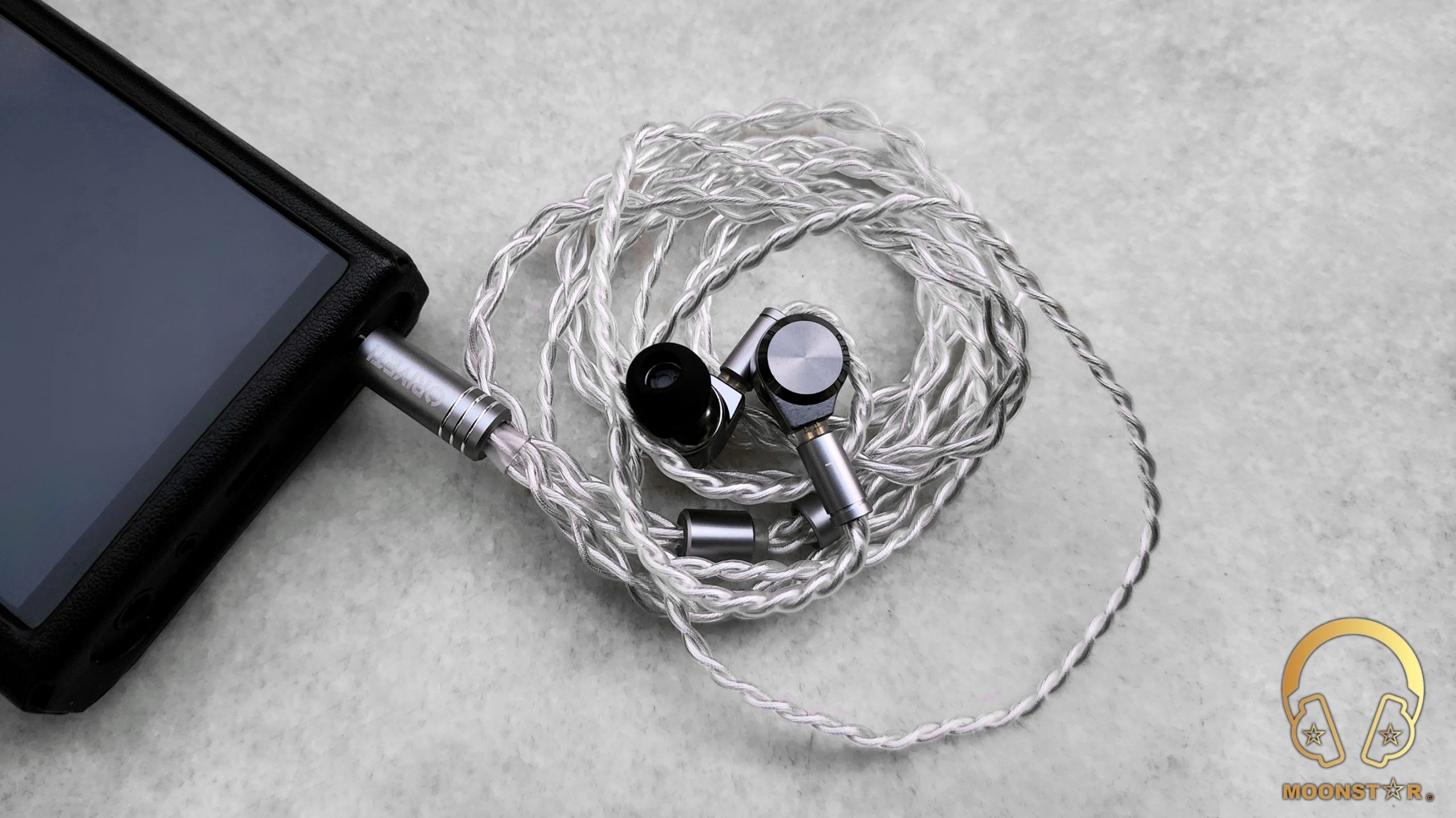
The Oriveti OD100 has a relative smooth and slightly elevated treble character that focuses on the lower treble region. The treble extension is on a moderate level, while the clarity and airiness of this area are sufficient. The OD100 can handle the transitions from the upper midrange to the lower treble region smoothly and without any remarkable harshness.
The lower treble of the Oriveti OD100 has a pronounced tuning and shows a good intensity and extension. There is a slightly roll-off in the upper treble region, which is the main reason of a shorter extension in this are compared to the lower treble register. The OD100 shows a slightly warm and bold cymbal presentation. The sound of the Hi-hats is coming from the background, while the hits are in general countable. Crash cymbals on the other hand, have an adequate grade of treble intensity and sharpness.

The Oriveti OD100 has a soundstage with a sufficient sense of expansion. Vocals and instruments are shown with an adequate grade of separation, which meets my expectation from an IEM at this price level. The depth and wideness of the stage is on an average level.
Comparison:
Oriveti OD100 versus Ikko OH2:
The Oriveti OD100 has in general a warmer tonality compared to Ikko OH2 that shows a more neutral sound profile. The OD100 has the slightly edge when it comes to the subbass depth and intensity, where the OH2 shows an audible roll-off that makes it sound shy in this area. The midbass region of the Oriveti OD100 has more intensity and offers a better sense of impact, tightness and extension, while both are relative equal in terms of speed and authority.
The Oriveti OD100 has a tad warmer midrange tonality and fuller overall presentation thanks to a slightly elevation in the lower midrange area. The Ikko OH2 sounds a bit dry and less musical in direct comparison. Male vocals are produced in a more musical and emotional manner when I do switch to the OD100, while both IEM’s are pretty equal in the upper midrange register when it comes to the presence and resolution.
The lower treble register of the Ikko OH2 has a bit more presence and extension, compared to the Oriveti OD100, which sounds more relaxed and forgiving in this area. Both the OD100 and the OH2 do show an audible roll-off in the upper treble region. However, the Oriveti OD100 has a slightly advantage when it comes to resolution and extension, while listen to instruments such like percussion.
Both IEM’s do offer a pretty close performance in terms of separation and placement of instruments and vocals. The main difference is that the Oriveti OD100 has the upper hand in terms of soundstage wideness, while Ikko OH2 has the edge when it comes to the depth of the stage.
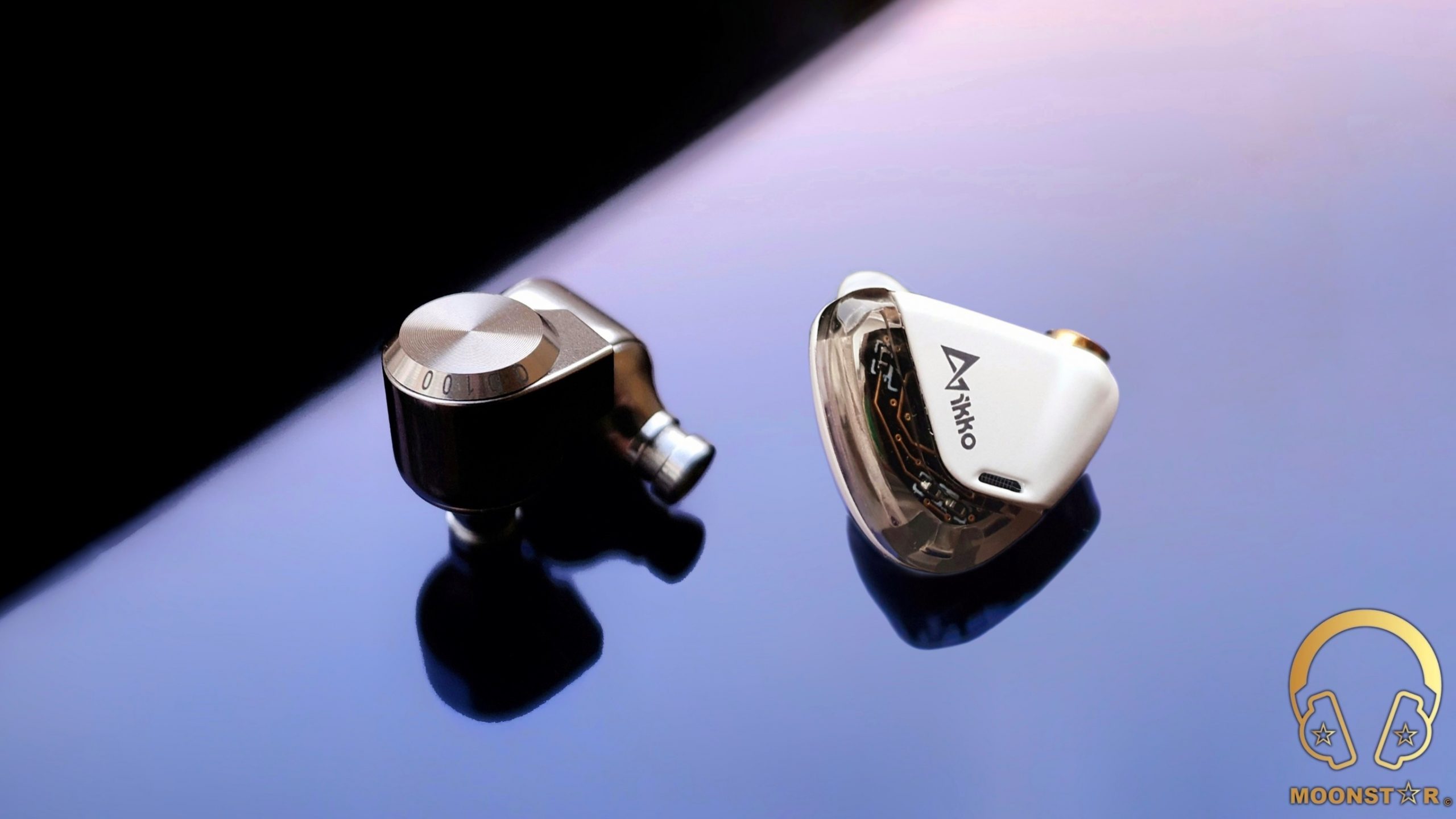
Conclusion:
The Oriveti OD100 is a solid looking In-Ear Monitor with a small and pretty comfortable shape that comes with a decent cable and rich set of accessories. The Single Dynamic Driver unit that has been integrated in to the CNC milled All-Metal shell is able to produce a pretty lively, balanced and easy going sound profile. All this features making the OD100 to an easy recommendation for a price of $69.00 USD.
Pros & Cons:
- + Easy going sound profile
- + Crisp & Controlled Treble presentation
- + Punchy Midbass tuning that doesn’t bleeds in to the Mids
- + Clarity & Macro detail retrieval of the Midrange
- + Solid Build Quality
- + Decent Cable & Rich Set of Ear Tips
- + Fit & Comfort
- – Upper Treble Extension
- – Slightly Roll-Off in the Subbass Region
- – Average Soundstage Depth
Thank you for the Read!


